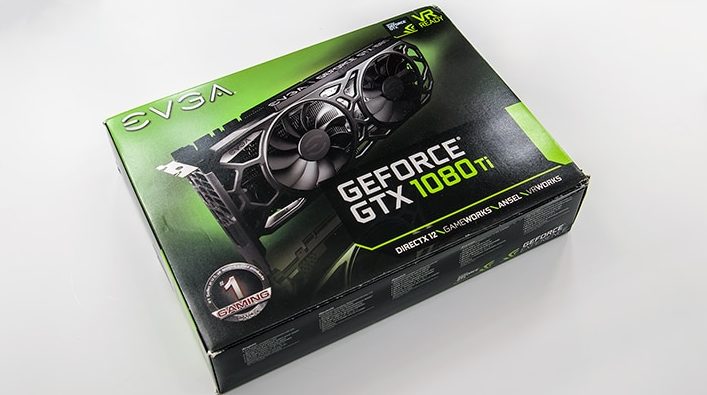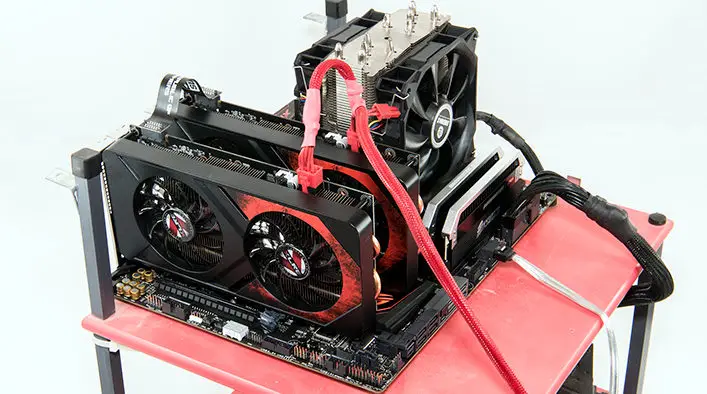Video Card Temperature Results
For all temperature testing the cards were used in an open test bed environment. Ambient temperature was kept at a constant 20°C (+/- 0.5°C) and if the ambient room temperatures rose above 21°C or dropped below 19°C at any time, all benchmarking was stopped until proper temperatures could normalized.
For Idle tests, we let the system idle at the Windows 7 desktop for 25 minutes and recorded the peak temperature.
For Load tests, we ran Unigine’s Valley benchmark for 20 minutes.

Sound Level Test Results
While everyone “hears” noise differently there is one easy way to remove all subjectivness and easily compare different fans: use a sound level meter. This way you can easily compare the various fans noise envelopes without us coloring the results and see what fans fit within your personal comfort level. Of course, we will endeavor to try and explain the various results – which are taken at a 15 inch distance from the GPU’s fan(s) – to help you gain an even better understanding of how loud a cooler’s stock fan is, but even if you discount our personal opinions, the fact remains numbers don’t lie.
For Idle tests, we let the system idle at the Windows 10 desktop for 25 minutes and recorded the peak dB.
For Load tests, we ran Unigine’s Valley benchmark for 20 minutes and recorded the peak dB.

System Power Consumption
To obtain accurate results we have connected the system to a Power Angle power meter that has in turn been attached to a 1500watt UPS. This ensures only 120volt power is supplied to the PSU and removes an variances that could potential crop up because of brownouts and power spikes.
In order to stress the video card we have once again used Unigine’s Valley benchmark and ran it for 20 minutes to determine peak system power consumption. For idle results we have let the system idle at the Windows 7 desktop for 25 minutes and recorded the peak idle power consumption.

With its combination of ‘only’ two fans and ball-bearing based fans at that (which are indeed longer lasting but not as silent) it should come as no surprise that the EVGA GeForce GTX 1080Ti SC BE is louder than its more expensive siblings. By the same token it is not that much louder and under more normal circumstances barely audible. Put another way it may be louder than some but that is not the same as saying it is loud. Just not ‘silent’. As for its cooling abilities… the results do speak for themselves. EVGA really knocked it out of the park with their new ‘ICX’ design. In the power department… you either can ‘afford’ to have a 250watt beast running or you cannot. Overall we have seen bigger power hog – as well as more ‘fuel efficient’ – models but overall the Black Edition SuperClock is pretty darn decent all things considered.











